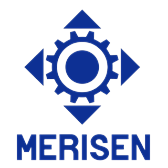
Working principle of permanent magnetic coupling
2025-04-28 09:23Working principle of permanent magnetic coupling
I. The core working mechanism of permanent magnetic coupling: "magnetic handshake" in the air
Imagine two rotating disks with an air gap between them:
Active disk (driving side): connected to the motor or power supply, embedded with permanent magnets or electromagnetic coils, generating a dynamic magnetic field when rotating.
Passive disk (driven side): made of conductive materials (such as copper, aluminum) or magnetic steel, not in direct contact with the active disk.
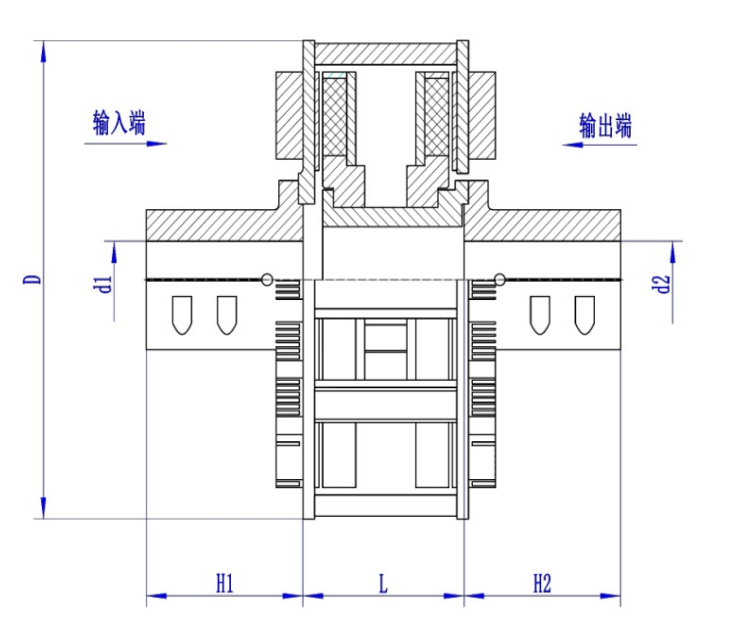
When the active disk rotates, its magnetic field penetrates the air gap, "pushes and pulls" the free electrons in the passive disk, forming a ring current (eddy current). These currents generate reverse magnetic fields, interact with the magnetic field of the active disk, and finally drive the passive disk to rotate synchronously. This process is like two people coordinating rotation movements through gestures and eye contact across a glass wall.
II. Decomposition of the dynamic process of permanent magnetic coupling
Magnetic "ripple" propagation
The alternating magnetic poles (such as N poles and S poles) on the active disk will generate fluctuating magnetic waves when rotating, similar to the radiation pattern emitted by a rotating neon light strip.
Collective electron "sprint"
When the conductive material of the passive disk is swept by the magnetic field, its electrons flow along a circular path driven by the magnetic force - just like dandelion seeds are blown into a vortex by the wind - forming an eddy current.
Pole push-pull relay
The magnetic field of the active disk constantly attracts and repels the eddy current field of the passive disk, simulating a tug-of-war between the two teams, and eventually transferring rotation to the passive disk.
Key feature: The passive disk always rotates slightly slower than the active disk (called slip), similar to the slight delay in a bicycle chain drive. The "tension" generated by this slip is the source of power transmission.
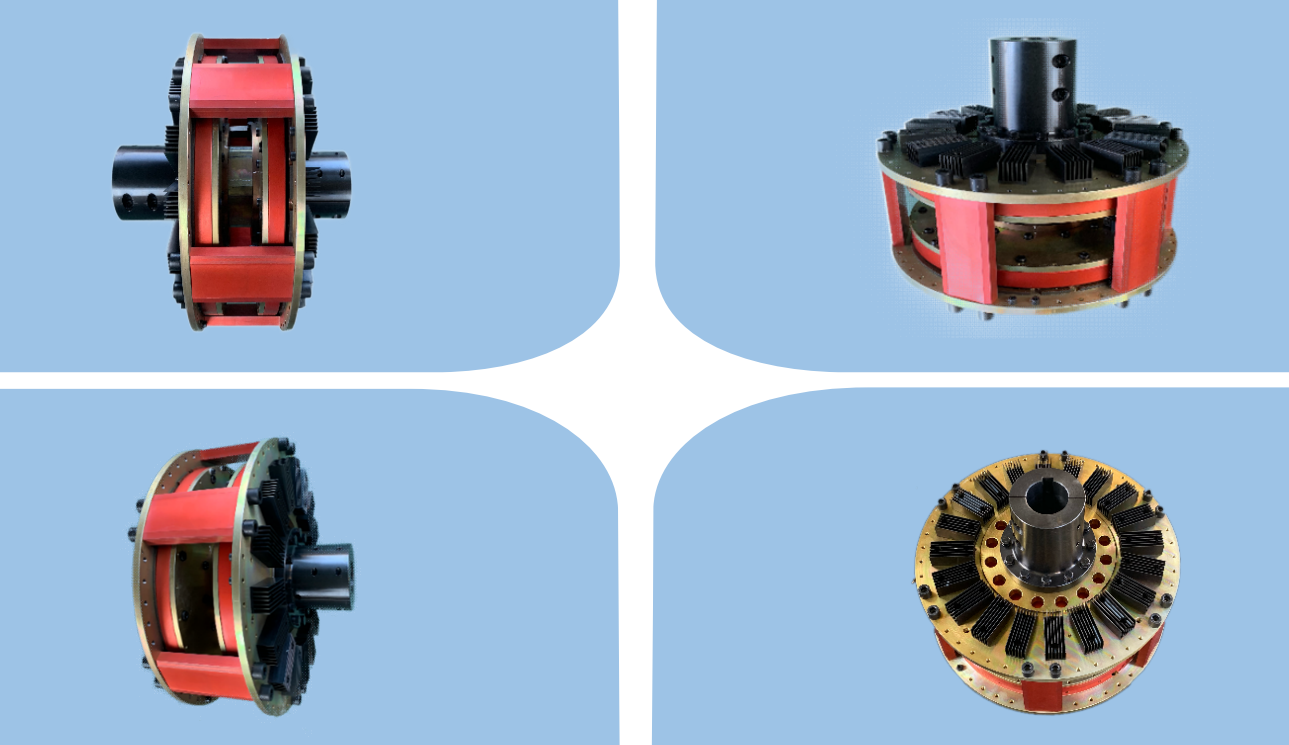
III. The principle of permanent magnetic coupling is similar to everyday phenomena
Wireless charging: The energy transfer between the mobile phone and the charger through the magnetic field is similar to the mechanical energy transfer in the permanent magnetic coupler (the energy form is different).
Maglev train: The contactless propulsion of the maglev train is consistent with the magnetic interaction principle of the permanent magnetic coupler.
Waterwheel driven by water flow: The magnetic field of the active disk acts on the flowing water, and the passive disk is like a waterwheel driven by water flow. Both rely on the medium (magnetic/water) for energy transfer.
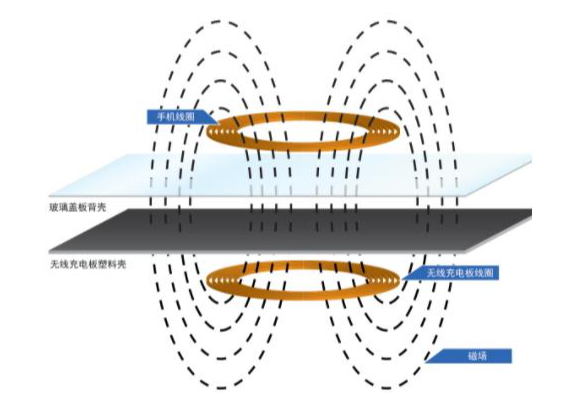
IV. Technical behavior diagram of permanent magnetic coupling
Physical phenomenon: magnetic field penetration: eddy current heat loss: automatic adjustment of slip
Actual behavior: non-contact force transmission: partial energy conversion into heat energy: increased load leads to increased slip
Analogy: hand gesture signal transmission through glass window: rubbing hands quickly to keep warm: slowing down when pulling heavy objects
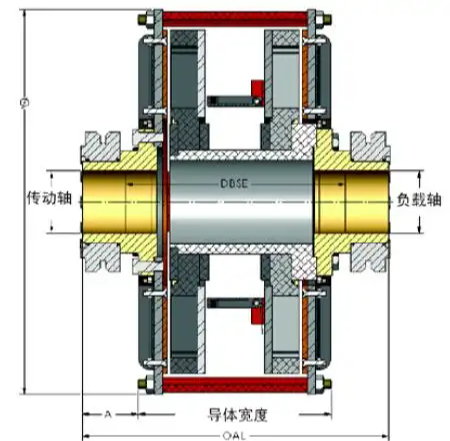
V. Summary
Permanent magnetic coupling realizes "air force transmission" through magnetic force. Its cleverness lies in:
Zero contact: like a magician remotely controlling objects to avoid mechanical wear.
Adaptive: automatically adjust force transmission according to load changes, similar to smart springs.
Safety protection: magnetic force "releases" when overloaded, stopping force transmission, similar to a circuit breaker.
